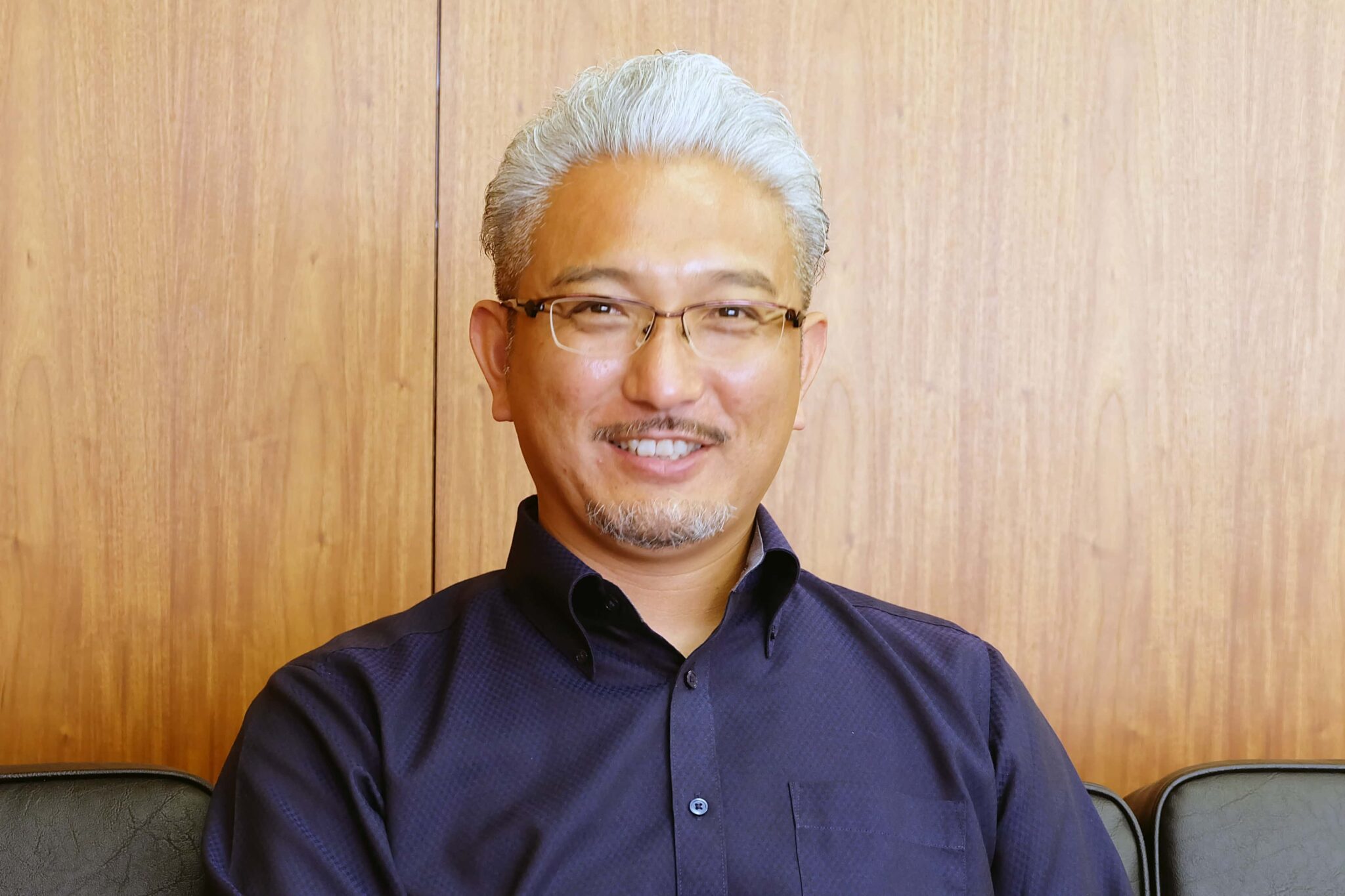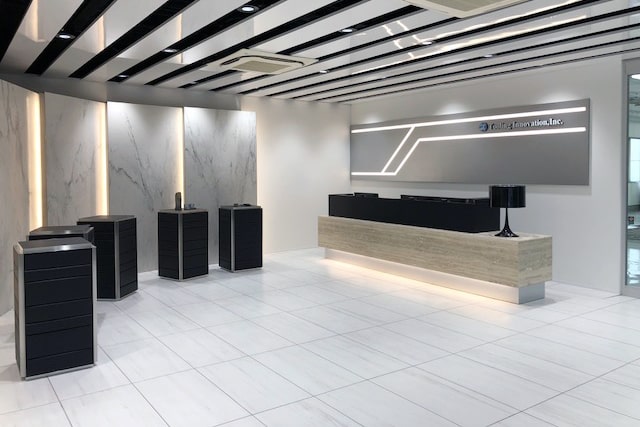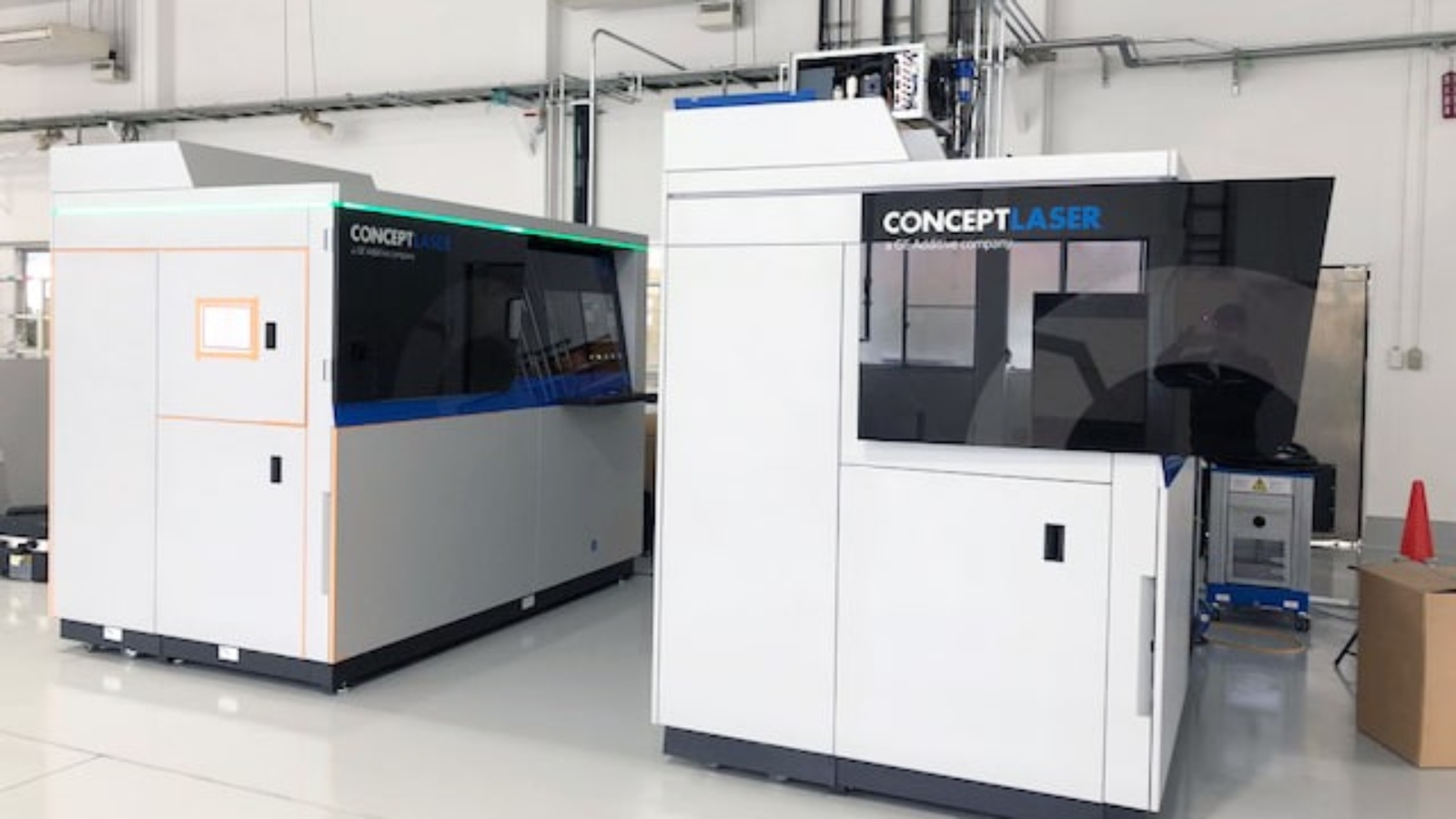Nippon Seiki, a die-casting mold maker, will start making molds using metal 3D printers. The company introduced two M2 metal 3D printers from GE Additive in July and did so specifically to leverage the new SKD61 steel equivalent material recently developed for 3D printing by Mitsubishi. This material expanded the possible areas of application for mold-making, which is Nippon Seiki’s core business. The Japanese company now intends to become a source of information on metal 3D printer technology and change the mold-making industry.
 Masato Matsubara, Managing Director
Masato Matsubara, Managing Director
The two M2 cusing SL Series 4 metal 3D printers from GE Additive have been introduced to Touring Innovation (Moriyama-ku, Aichi Prefecture), which is the company’s manufacturing subsidiary handling trade and mold consulting. In addition, the company invested more than 300 million JPY (almost $3 million USD) on machines including a 5-axis machining center (MC), 3-axis MC, and heat treatment furnace for post-processing.
In the past, some customers had metal 3D printed insert parts made and the company had turned to external service providers since they did not have the equipment in-house. “The need for insert parts using metal 3D printers is increasing, and I felt it was necessary eventually,” said Masato Matsubara, Managing Director.
The opportunity for full-scale entry was that it became possible to model with materials equivalent to SKD61. Matsubara said, “Maraging steel has been common until now, but I felt that the range of applications not only for insert parts but also for mold making would expand if it was equivalent to SKD61.”
Manufacturing on Demand

After hearing about SKD61 equivalent materials in mid-February, Nippon Seiki decided to install equipment in April. “There is no doubt that a metal 3D printer will be needed to make molds. At that time, it is not interesting to be a latecomer. It is necessary to accumulate know-how ahead of other companies,” he said.
The metal 3D printers introduced this time are intended to be used specifically in the modeling of SKD61 equivalent materials and will start with the modeling of insert parts. The reason is “[when dealing with multiple materials] it takes too much time to replace the powder, and we are proposing to replace maraging steel with SKD61 equivalent material.”
The initial aim is not to make the final parts themselves, but to strengthen the proposals to the design area and to lead to structural changes in the industry. Matsubara said, “The most important area in mold making today is the design area. If the adoption of parts made with metal 3D printers becomes widespread, it will be necessary to review the design of the entire mold. If it can be integrated with mold technology, we can propose it to the design area. In addition, it is necessary to handle not only design but also processing, heat treatment, and analysis in total.”
Story via Kanagata Shinbun
You might also like:
Made in Luxembourg: Anisoprint starts production in the EU: It has been almost three years since Anisoprint established its headquarters in the EU. Last year, in 2020, the production was shifted from the contract manufacturing coordinated from the original HQ in Skolkovo, (the state-of-the-art research center and incubator near Moscow), to Luxembourg as well. Now that all the arrangements and inspections are finished, the company ships its first machines with the label to its customers.
* This article is reprinted from 3D Printing Media Network. If you are involved in infringement, please contact us to delete it.
Author: Federico Sher


Leave A Comment